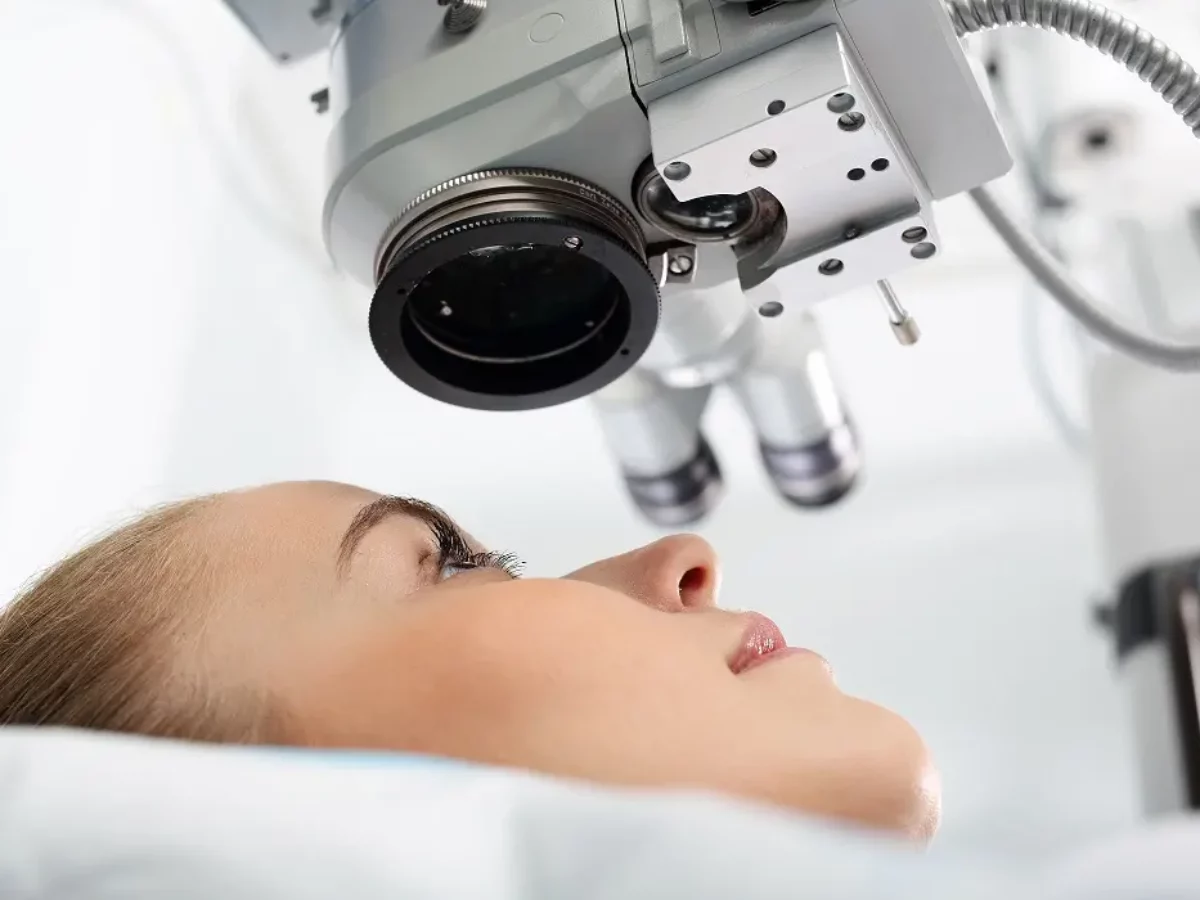All Categories
Featured
Eye problems can substantially impact your day-to-day life if left without treatment. From minor irritations to major ailments, modern-day medication provides a variety of treatment choices customized to particular needs. Here, we explore a few of one of the most common eye conditions and the services readily available for handling them effectively.
Dry eyes are a widespread concern, often brought on by not enough tear manufacturing or poor tear high quality. Reliable treatments include:
Artificial Tears: These over-the-counter declines offer short-lived wetness and relief.
Prescription Drugs: Anti-inflammatory declines like cyclosporine (Restasis ®) aid improve tear production.
Punctal Plugs: Inserted right into tear air ducts, these plugs decrease tear drain to maintain the eyes moist.
Lifestyle Adjustments: Remaining moisturized, reducing display time, and utilizing humidifiers can reduce signs.
Cataracts cause cloudiness in the eye's lens, bring about blurry or damaged vision. Therapy options include:
![]()
Enhanced Eyewear: New prescriptions may improve vision briefly in the early stages.
Cataract Surgical procedure: This regular treatment includes removing the clouded lens and replacing it with a clear artificial lens, restoring clarity.
Referred to as the "quiet thief of sight," glaucoma harms the optic nerve, typically as a result of enhanced intraocular pressure. Therapies concentrate on lowering pressure:
Prescription Eye Decline: Prostaglandin analogs, beta-blockers, and other medicines reduce liquid accumulation.
Laser Surgical Treatment: Techniques like trabeculoplasty boost fluid water drainage.
Surgical Procedures: Advanced situations might call for operations like trabeculectomy for continual pressure alleviation.
![]()
AMD impacts the macula, important for sharp main vision. Relying on the type, treatments vary:
Dry AMD: Nutritional supplements consisting of anti-oxidants and zinc reduce the condition's progression.
Wet AMD: Anti-VEGF injections hinder irregular blood vessel development, safeguarding vision.
This problem takes place when high blood sugar level degrees damage the retina's capillary. Administration methods consist of:
Blood Glucose Control: Maintaining steady glucose degrees assists stop further damage.
Laser Treatments: Seal dripping capillary and minimize swelling.
Injections: Anti-VEGF representatives or steroids decrease swelling and secure the retina.
Problems like nearsightedness (myopia), farsightedness (hyperopia), and astigmatism can be fixed with:
Corrective Lenses: Glasses or contact lenses provide prompt visual enhancement.
Refractive Surgical Treatment: Procedures such as LASIK or PRK permanently improve the cornea for clearer vision.
Last Thoughts
Innovations in eye treatment have actually made it possible to address a broad variety of conditions effectively. Regular eye checkups continue to be the cornerstone of maintaining eye health and wellness, guaranteeing early detection and intervention.
- Dry Eye Syndrome
Dry eyes are a widespread concern, often brought on by not enough tear manufacturing or poor tear high quality. Reliable treatments include:
Artificial Tears: These over-the-counter declines offer short-lived wetness and relief.
Prescription Drugs: Anti-inflammatory declines like cyclosporine (Restasis ®) aid improve tear production.
Punctal Plugs: Inserted right into tear air ducts, these plugs decrease tear drain to maintain the eyes moist.
Lifestyle Adjustments: Remaining moisturized, reducing display time, and utilizing humidifiers can reduce signs.
- Cataracts
Cataracts cause cloudiness in the eye's lens, bring about blurry or damaged vision. Therapy options include:

Enhanced Eyewear: New prescriptions may improve vision briefly in the early stages.
Cataract Surgical procedure: This regular treatment includes removing the clouded lens and replacing it with a clear artificial lens, restoring clarity.
- Glaucoma
Referred to as the "quiet thief of sight," glaucoma harms the optic nerve, typically as a result of enhanced intraocular pressure. Therapies concentrate on lowering pressure:
Prescription Eye Decline: Prostaglandin analogs, beta-blockers, and other medicines reduce liquid accumulation.
Laser Surgical Treatment: Techniques like trabeculoplasty boost fluid water drainage.
Surgical Procedures: Advanced situations might call for operations like trabeculectomy for continual pressure alleviation.
- Age-Related Macular Degeneration (AMD)

AMD impacts the macula, important for sharp main vision. Relying on the type, treatments vary:
Dry AMD: Nutritional supplements consisting of anti-oxidants and zinc reduce the condition's progression.
Wet AMD: Anti-VEGF injections hinder irregular blood vessel development, safeguarding vision.
- Diabetic Retinopathy
This problem takes place when high blood sugar level degrees damage the retina's capillary. Administration methods consist of:
Blood Glucose Control: Maintaining steady glucose degrees assists stop further damage.
Laser Treatments: Seal dripping capillary and minimize swelling.
Injections: Anti-VEGF representatives or steroids decrease swelling and secure the retina.
- Refractive Mistakes
Problems like nearsightedness (myopia), farsightedness (hyperopia), and astigmatism can be fixed with:
Corrective Lenses: Glasses or contact lenses provide prompt visual enhancement.
Refractive Surgical Treatment: Procedures such as LASIK or PRK permanently improve the cornea for clearer vision.
Last Thoughts
Innovations in eye treatment have actually made it possible to address a broad variety of conditions effectively. Regular eye checkups continue to be the cornerstone of maintaining eye health and wellness, guaranteeing early detection and intervention.
Latest Posts
Explore Leading Car Repair Solutions from Montclare Auto Repair – Quality Service Today
Published en
1 min read
Reasons Regular Vehicle Maintenance at Montclare Auto Repair Reduces Costs
Published en
1 min read
Unlock WyHy Federal Credit Union – Smart Money Management for Your Money Goals
Published en
1 min read
More
Latest Posts
Explore Leading Car Repair Solutions from Montclare Auto Repair – Quality Service Today
Published May 29, 25
1 min read
Reasons Regular Vehicle Maintenance at Montclare Auto Repair Reduces Costs
Published May 27, 25
1 min read
Unlock WyHy Federal Credit Union – Smart Money Management for Your Money Goals
Published May 25, 25
1 min read